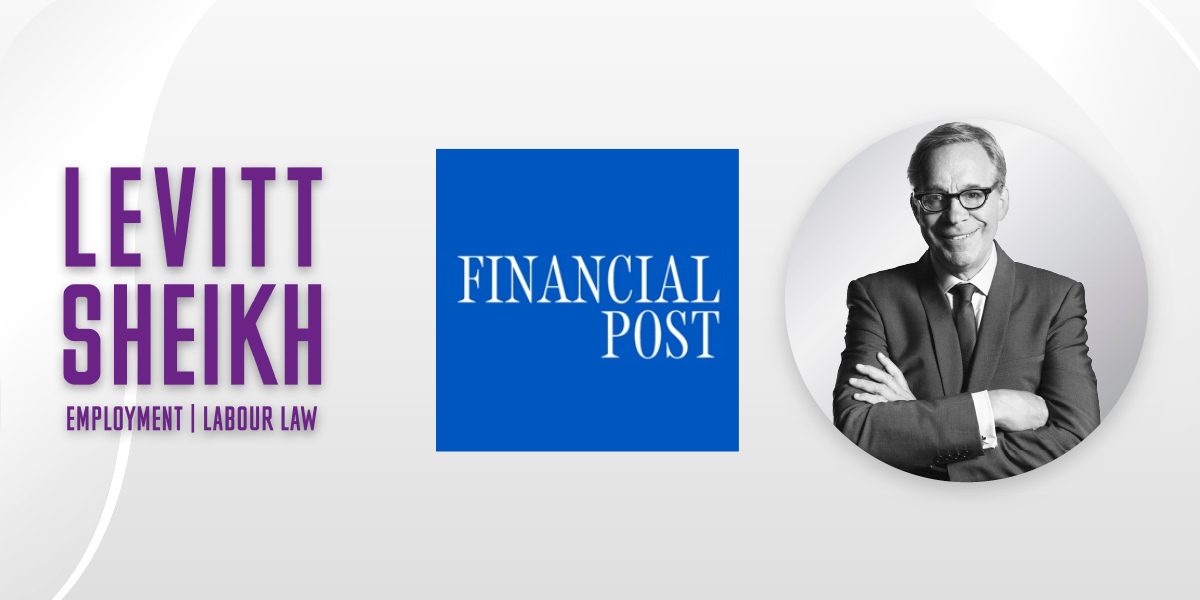Executive Summary
Actual victims of an education workers’ strike — parents and employers — are not at the bargaining table
Ontario’s Ford government has found itself mired in controversy following its recent decision to pass legislation removing education workers’ right to strike immediately before they were about to walk off the job. However, the decision is a smart political play. To understand why, one needs to understand the difference between private and public sector union strikes. While private sector unions are governed by market discipline, ensuring that private sector union bargaining is done fairly and expeditiously, public sector unions are not governed by the same internal and self-regulating mechanism. The result is that public sector unions, including CUPE, can afford to engage in long and protracted strike actions which negatively affect taxpayers. The Ford’s government decision is therefore a brilliant political move because it effectively brings to the bargaining table the force of hundreds of thousands of students and their parents who are now faced with even more uncertainty after nearly two years of disruptions due to the COVID-19 pandemic. In this article, Howard Levitt goes into greater depth on the Ford government’s recent decision to pass legislation removing education workers’ right to strike, the controversial use of the notwithstanding clause, and what this new legislation could mean for striking education workers.

